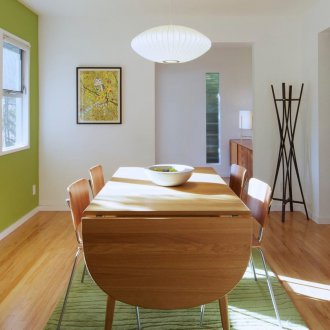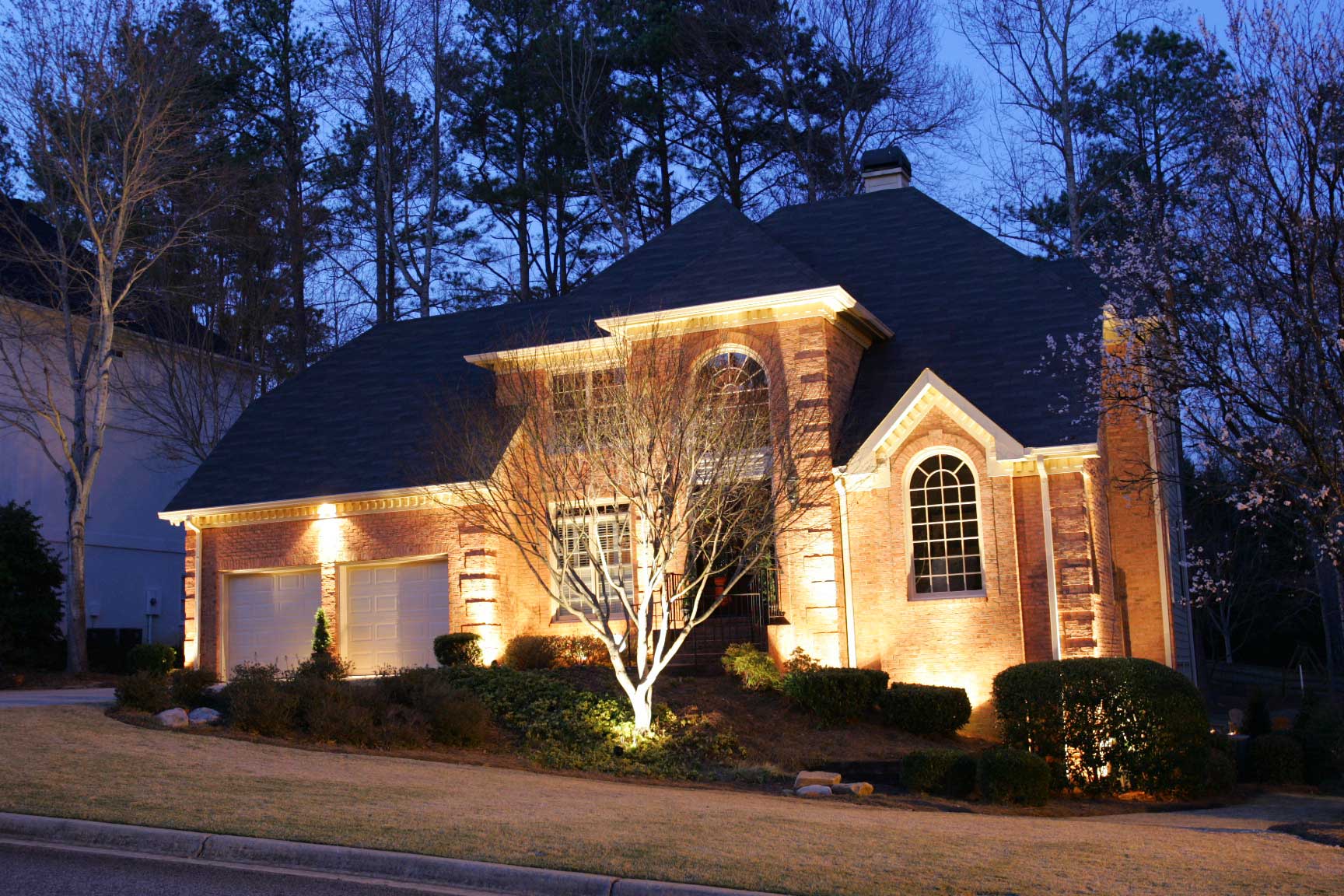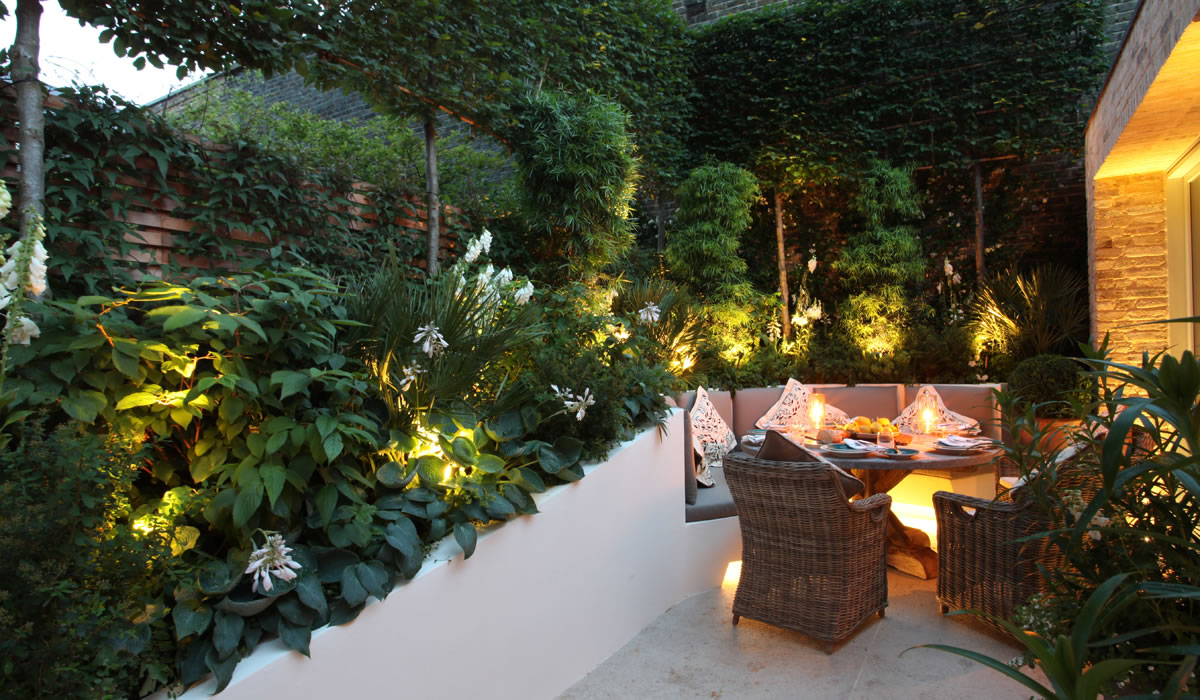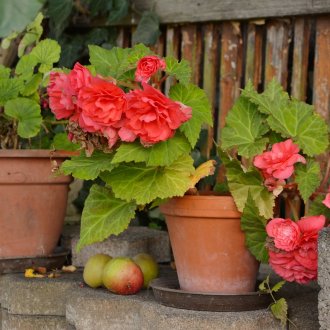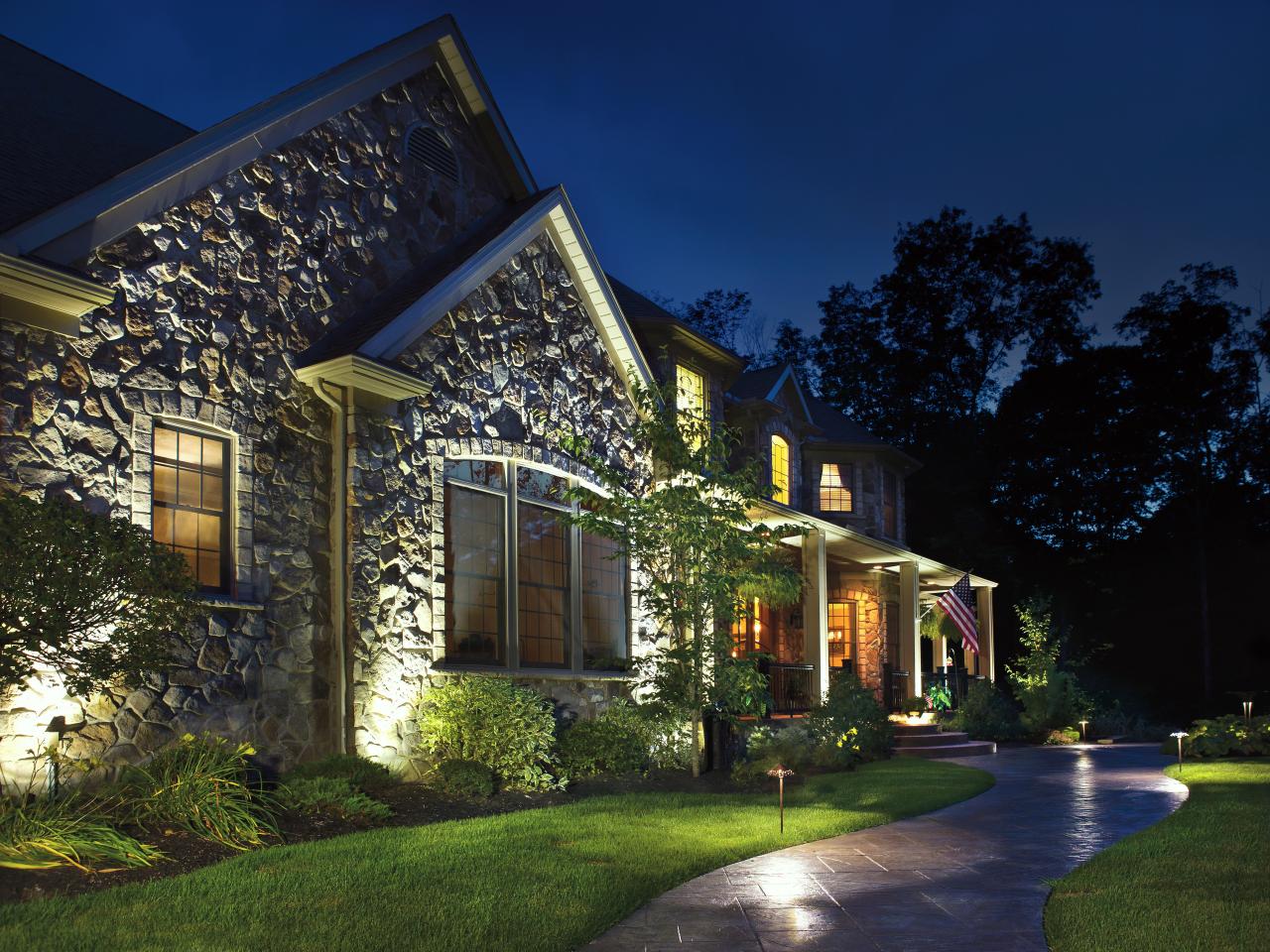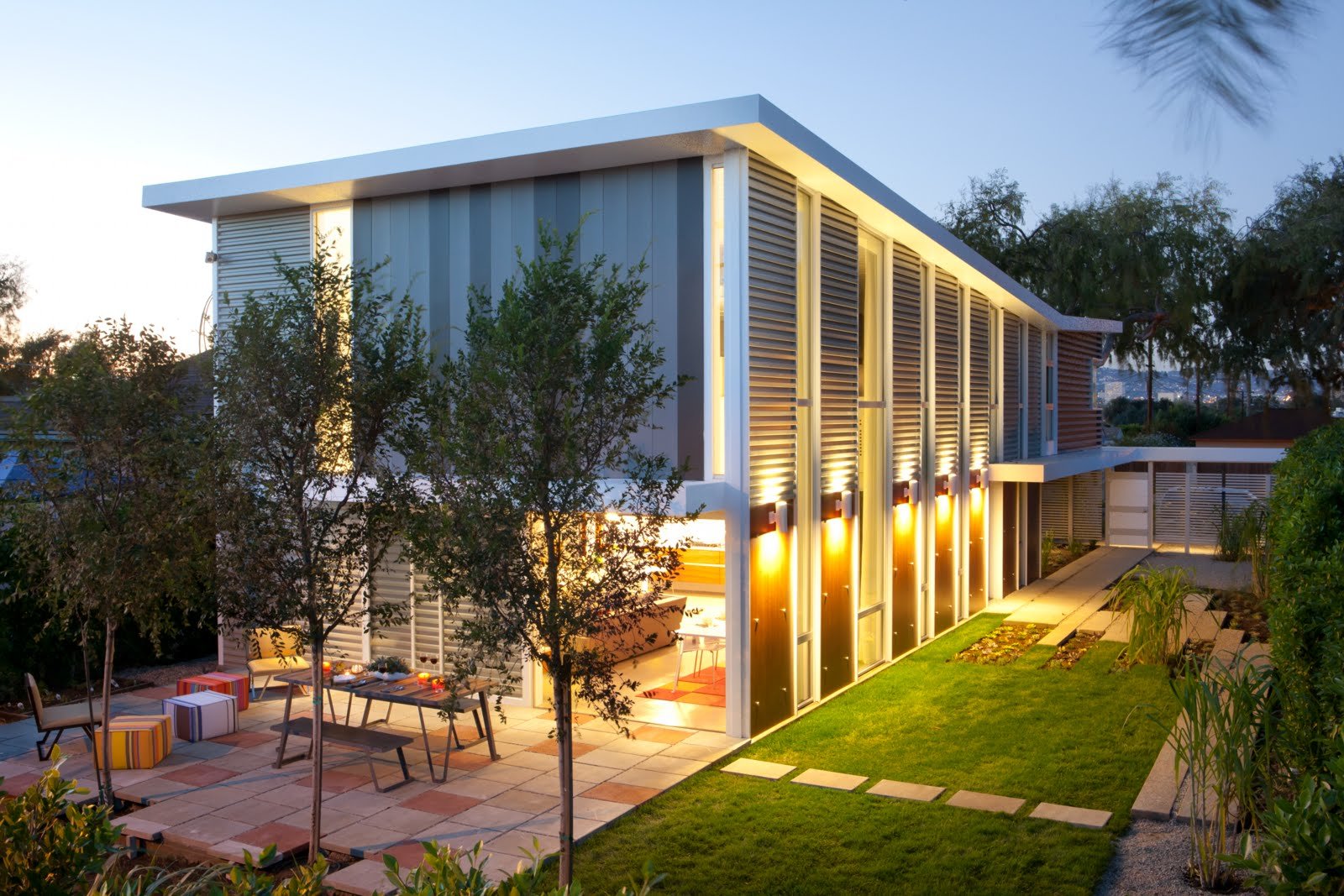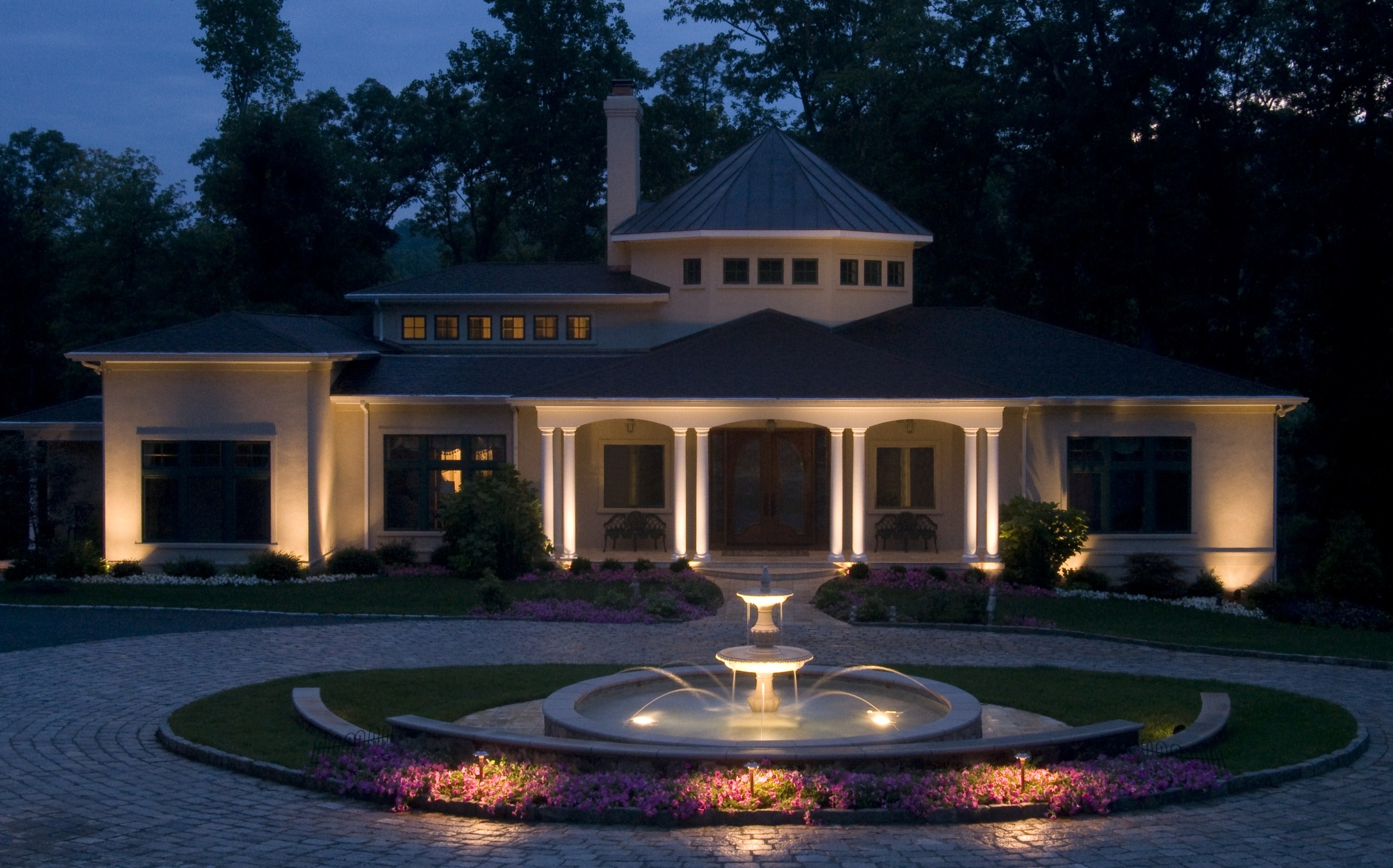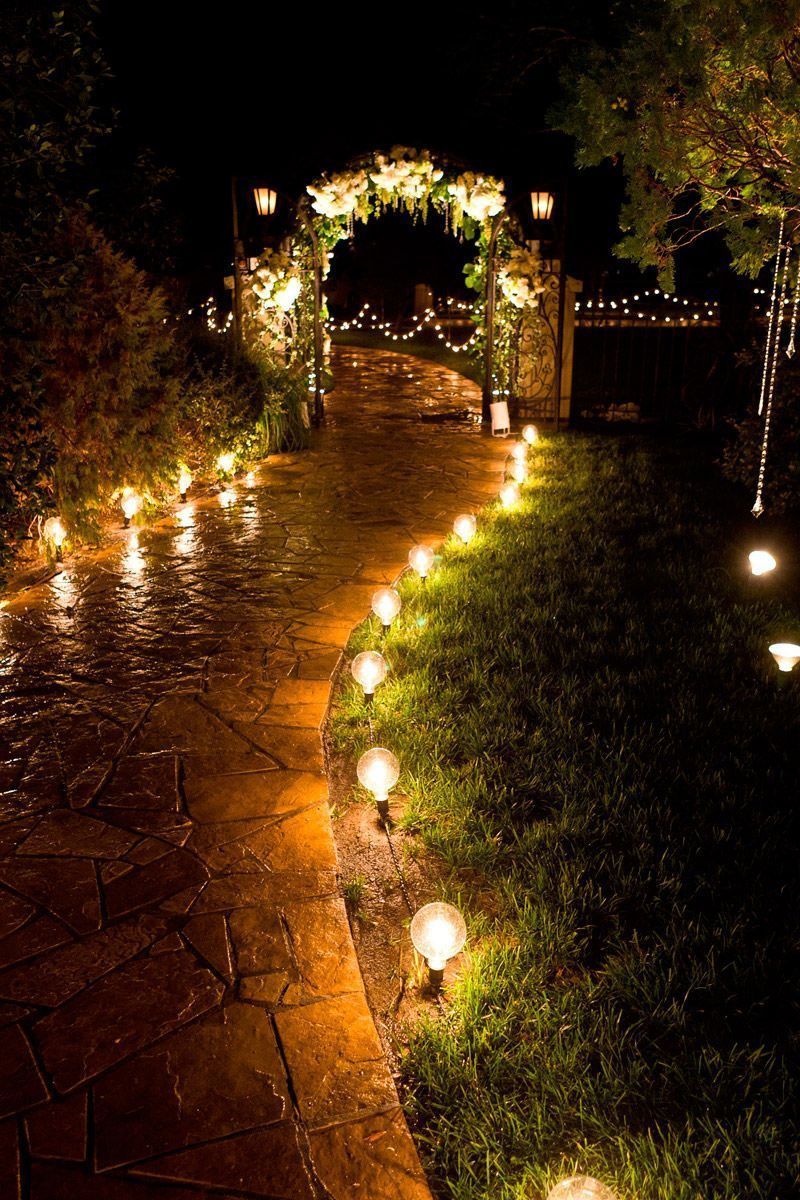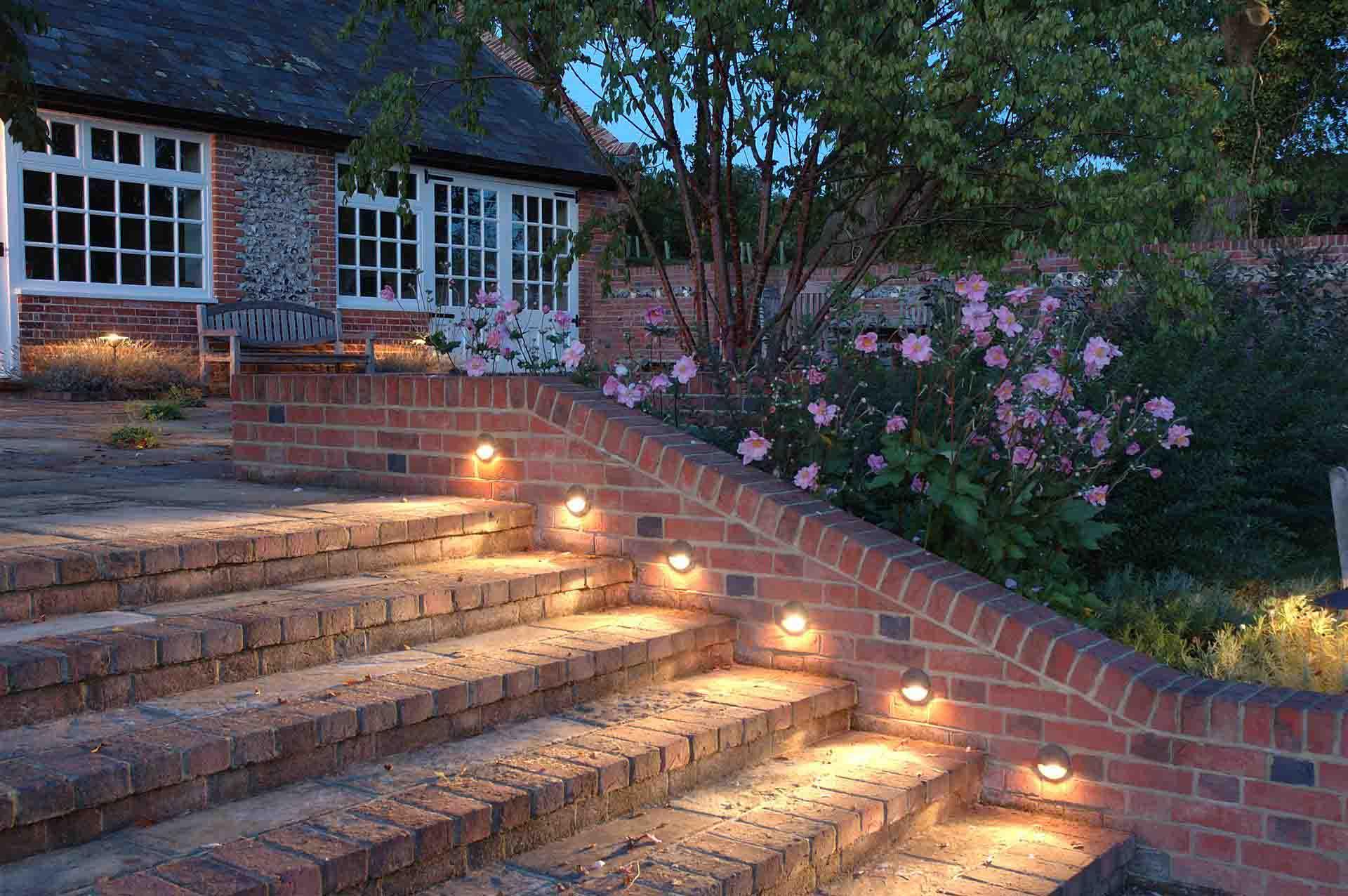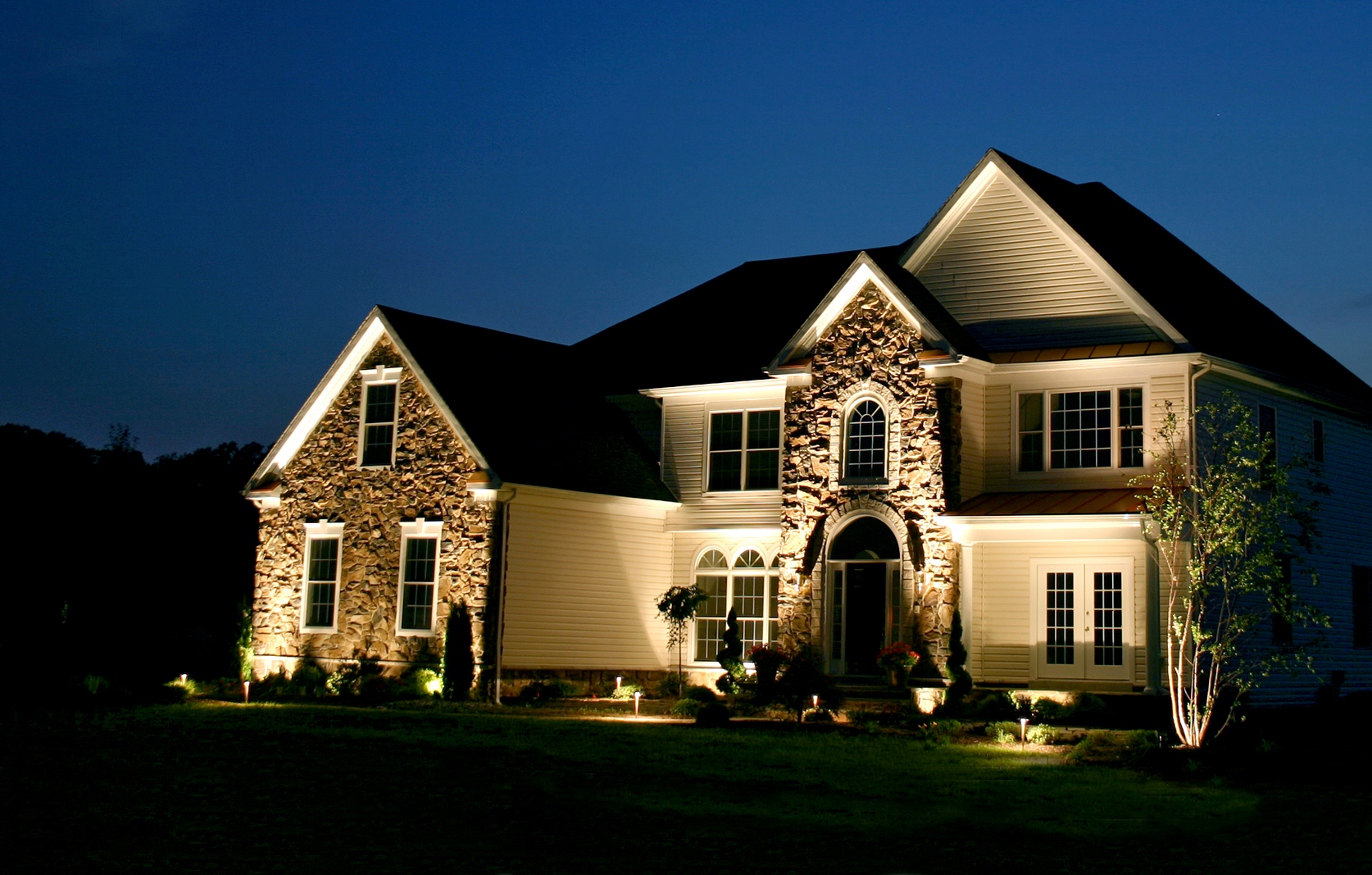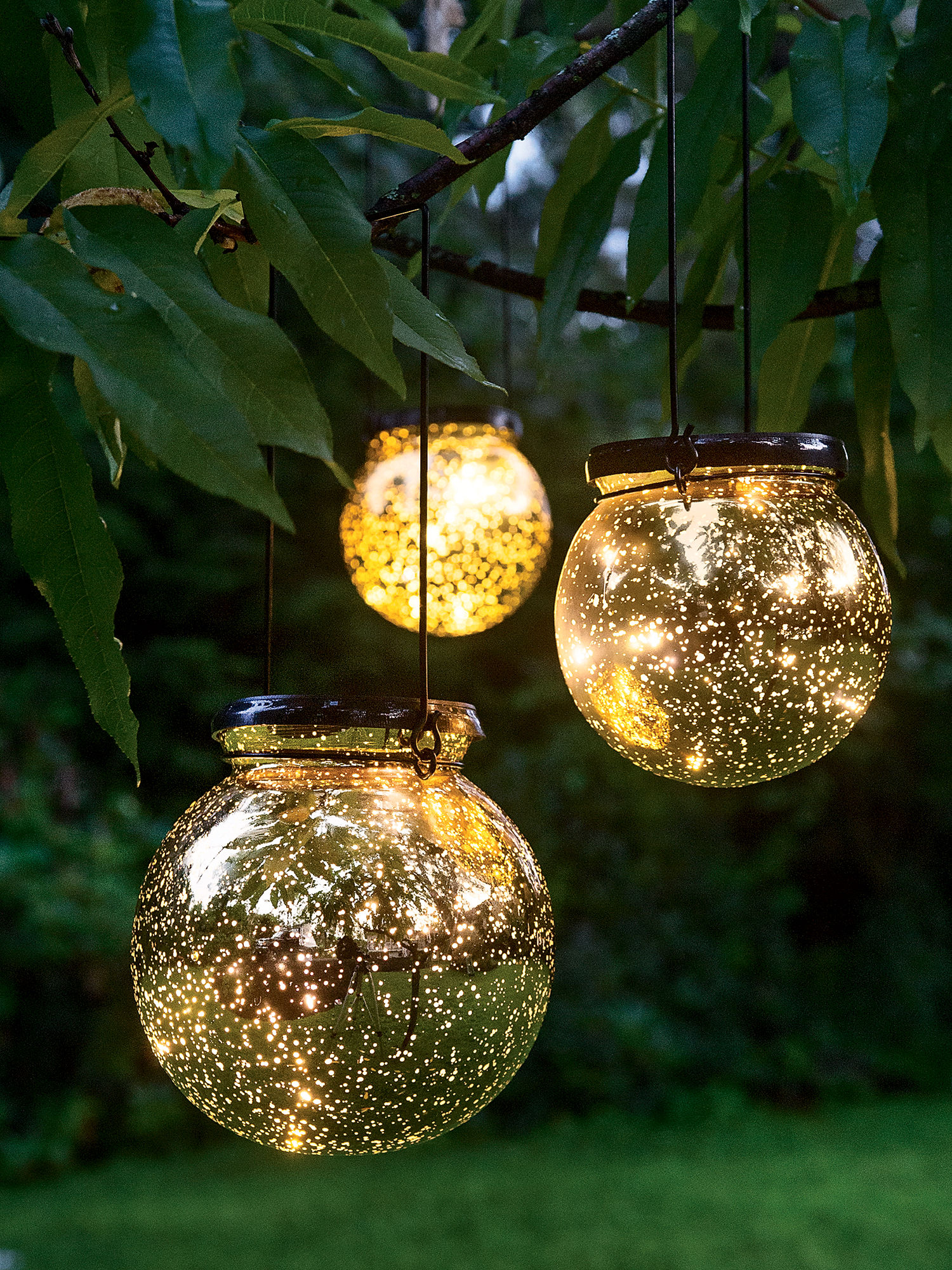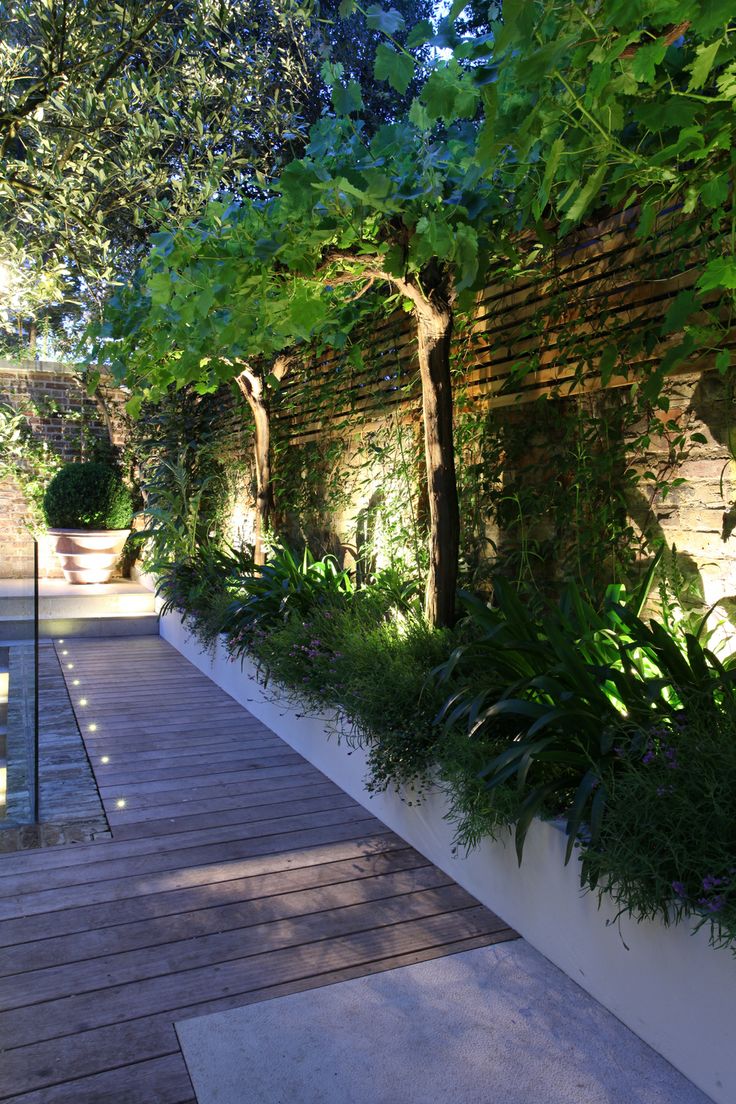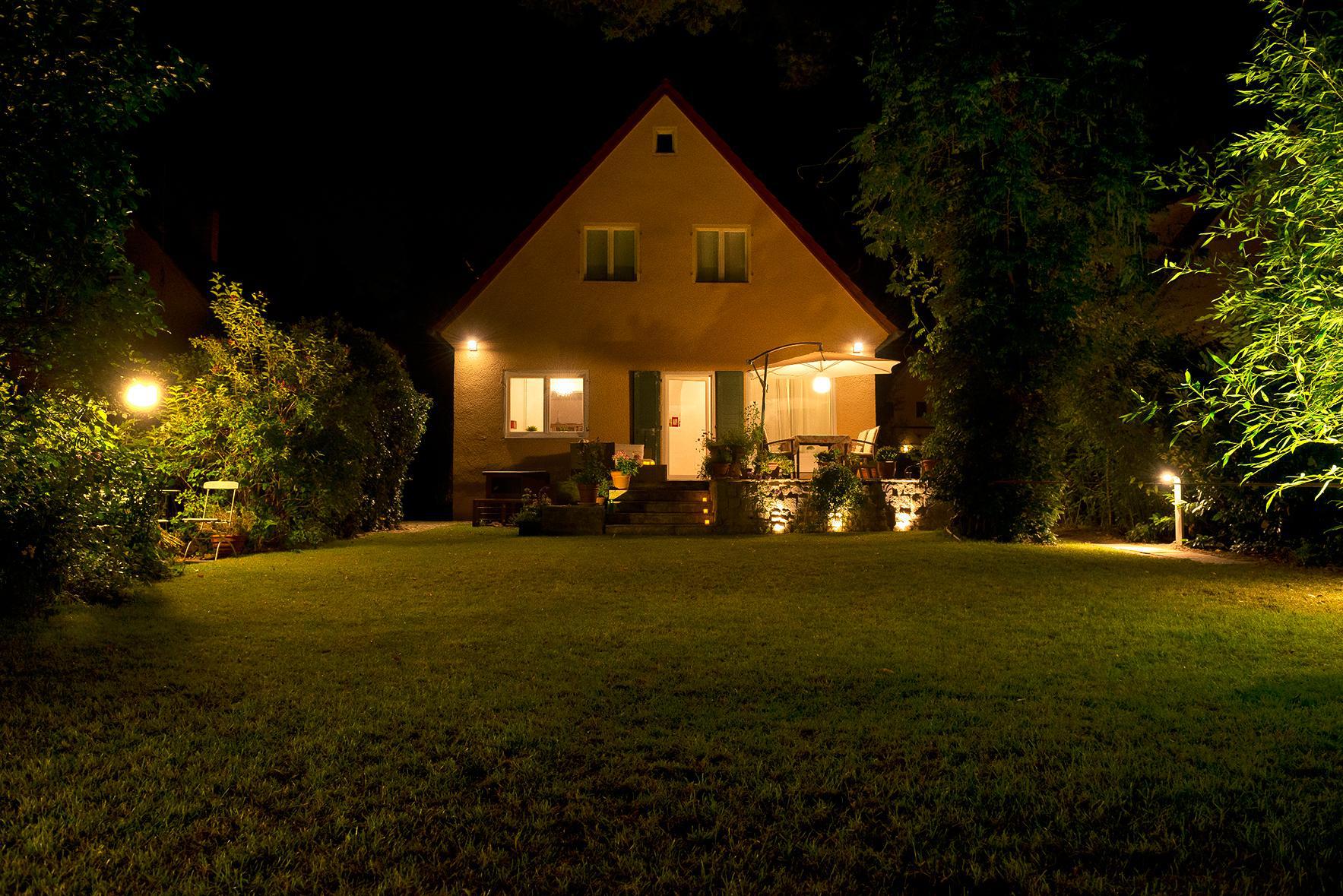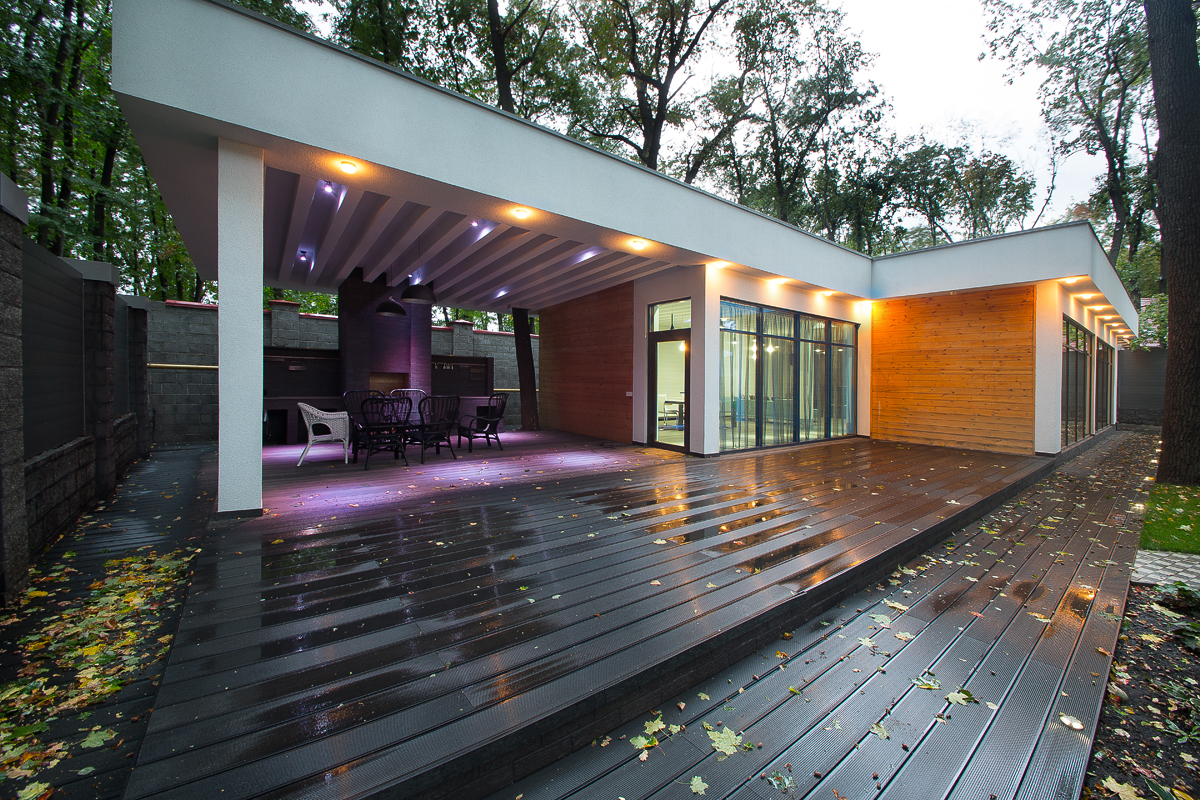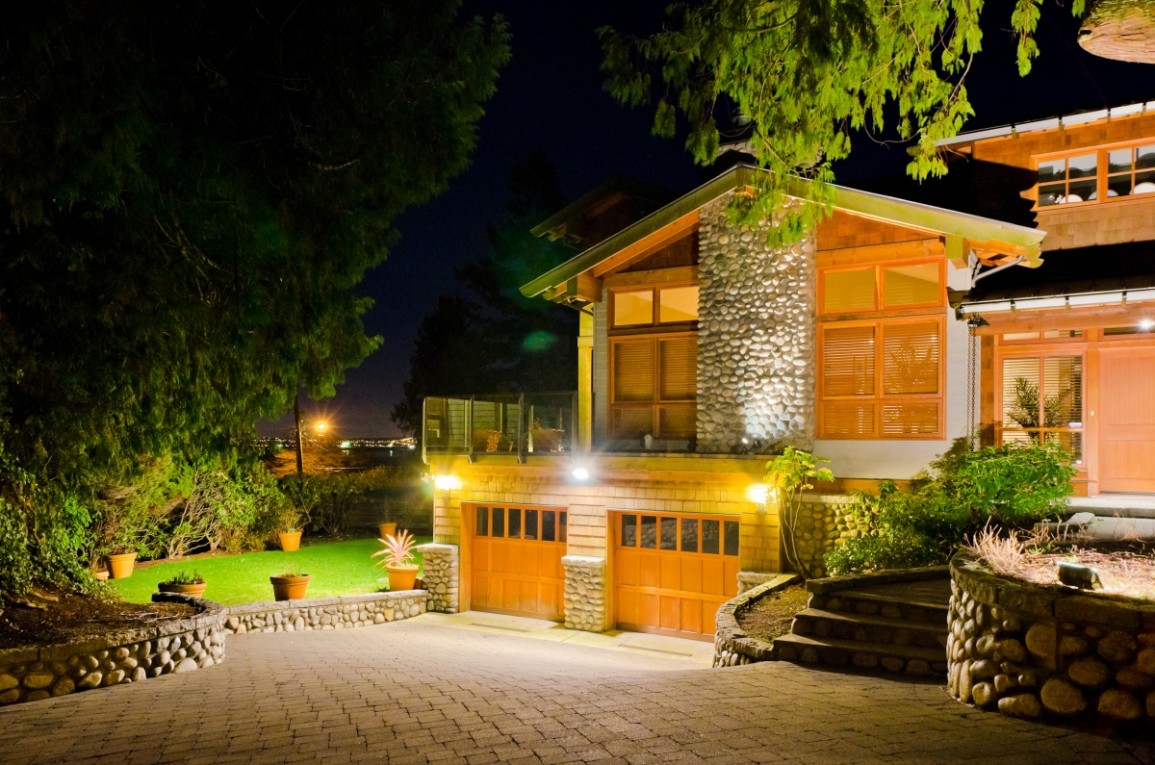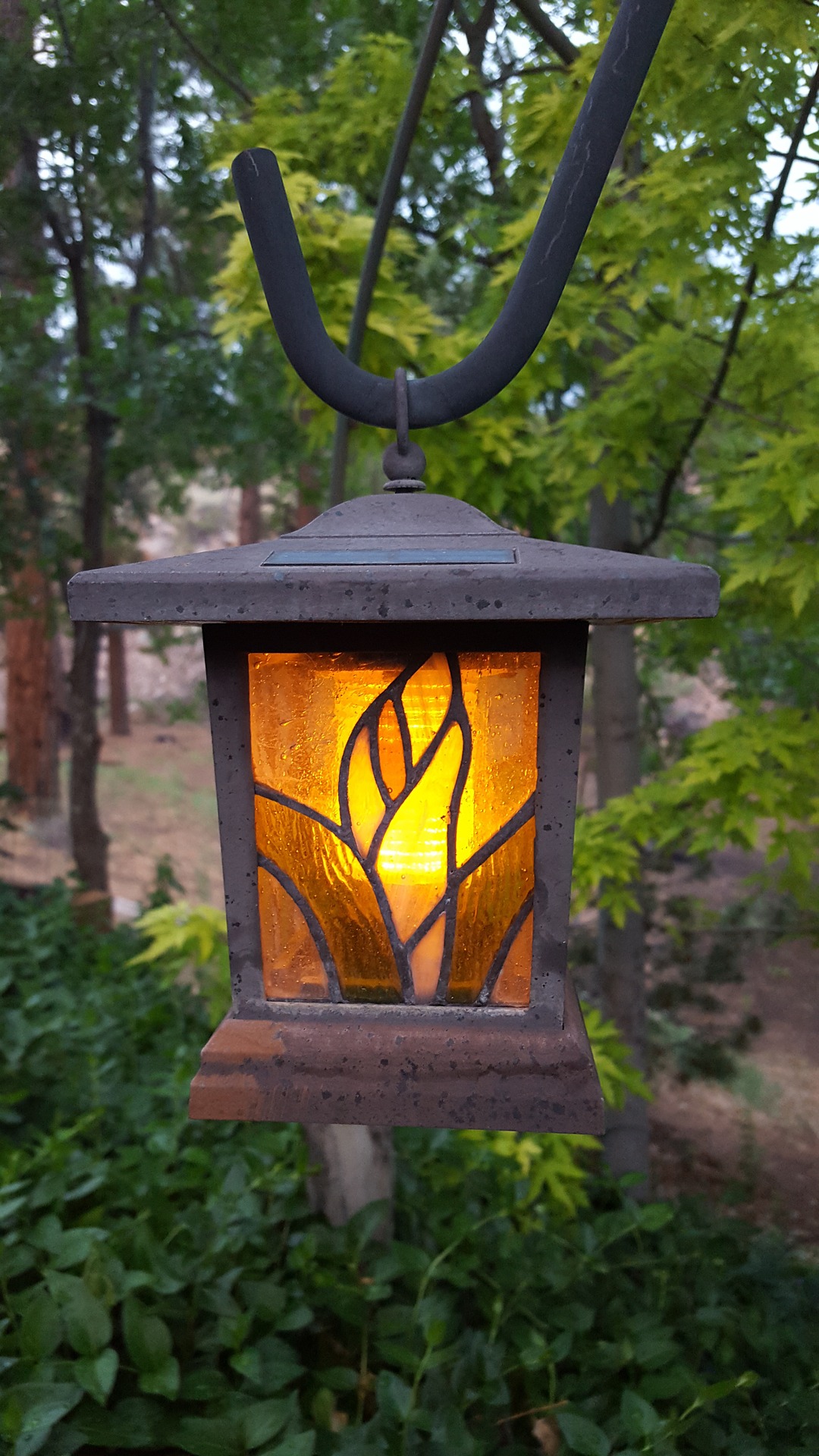Photorelay for lighting: design features (20 photos)
Content
The electronic technologies that have appeared in recent years have led to the creation of a large number of devices previously inaccessible to ordinary citizens, facilitating many types of work and creating additional conveniences and comfort in human life. Among these devices is also a photo relay, sometimes called a twilight switch, which today is presented on the market in many modifications, differing in the set of functions they have, the magnitude of the power of the switched load, and the price.
In fact, such a device is a conventional relay, but "turned on" by the sun. It can be successfully used not only at production facilities, for example, to automatically turn on lighting in the evening of workshops and the territory of an enterprise. In many cities, the installation of a photo relay for street lighting made it possible to turn on the lights precisely after dark, and not according to time or at the command of a dispatcher.
The use of photorelay already at the household level, when you can do it yourself, is becoming more and more popular. At the same time, some owners of this device use it to control both light devices located outside the house and those that are indoors, and often to turn on night watering of a lawn, flowerbed, garden or garden. The presence of the twilight switch in the power circuit of your light bulb will ensure that it lights up after dark and goes out at dawn.
What does the design of the photo relay include?
First of all, it is:
- photosensor;
- printed circuit board with microelectronic elements;
- plastic case;
- external contacts (or wires) for connecting the load.
The functioning of the photo relay as a light sensor is ensured by built-in remote elements sensitive to sunlight:
- photodiodes;
- photoresistors;
- phototransistors;
- photo thyristors;
- photoimistors.
Types of photo relay
All such relays equipped with photocells, depending on the design features and their inherent functionality, can be divided into several types presented below.
Relays having a photocell inside their case
Such devices are most often used as automatic lighting switches in rooms or on the streets. They look like a small plastic box (completely transparent or having a transparent window), which provides both protection of the internal elements of the electrical circuit from rain and access of light rays to the photocell.
Photocell equipped with an external photocell
The device differs from the previously described in that the photocell is not located inside this device, but can be placed at a considerable distance from it (up to 150 meters).At the same time, the unit in which the electronics and the working mechanism are located can be installed in any place protected from the weather, for example, in a special electrical cabinet.
Relay with timer and internal or external photocell
At the same time, for most sold models, the time by which the lighting is turned on is simply set manually. There are more complex devices with a special programming unit, with which it is possible to adjust the duration of the voltage supply to the load depending on the time of day, day of the week and month of the year.
Photorelay with adjustable threshold level
The vast majority of such relays that can be purchased today have a rotary mechanism on the case, which makes it possible to independently change the level of operation of this device. If the regulator is set to the extreme position “+”, then the lighting will turn on even in the evening with a slight decrease in illumination, and if it is turned all the way to the minus, then the electric power will be supplied to the lighting devices only at nightfall. The presence of the photocell threshold adjustment function is extremely important, since there is always a need to adjust street or other lighting depending on the season, weather conditions or the degree of dimming of the room, if the relay is installed inside the building.
In addition to the above types of photo relay, there are also special relays designed for use in very specific cases, for example, for use in the extreme north or in other non-standard situations.
The sensitivity of the sensor depends on the location of the photo relay and the method of its placement, as well as the angle of rotation. If the relay is covered by a foreign object or turned so that, for example, a tree trunk or its branches create a thick shadow above the device, then the level of illumination at which the device is triggered can change.
Scopes of a photo relay
This device can be used:
- to control street lighting;
- for inclusion of external lighting in private households;
- to turn on the lighting of rooms in apartments;
- to turn on the illumination of aquariums and greenhouses;
- for lighting the interior of apartments and houses;
- for night illumination of decorative products, wall clocks, figurines, paintings, awards;
- for highlighting small architectural forms, flowerbeds, arbors, alpine hills, miniature bridges and other elements of landscape design;
- for lighting buildings and monuments, and in general any architectural structures of historical and aesthetic value;
- to set the turn-on time of any devices and units, for example, watering, etc.
What technical characteristics should I look for when buying a photo relay?
When purchasing a twilight switch, especially if you want to install it yourself, carefully study its passport data. Each such device has special characteristics, which are the main argument for its acquisition.
The choice of a photo relay should be based on the knowledge of the meaning of the following parameters described below. Since they are the most important indicators, taking into account which and choosing them correctly, the reliability and durability of the functioning of the device you purchased will be ensured.
Supply voltage
As you know, alternating current with a frequency of 50 Hz and a voltage of 220 volts is supplied to streetlights, so almost all relays with photocells operate with this power supply. Similar devices can be found on sale, but operating on direct current with a voltage of 12 volts or 24 volts, but their use is inappropriate if they are only needed to control street lighting, since you will have to buy a power supply unit that produces the required voltage, which will require additional costs. In addition, you will have to look for a block protected from rain and vandals for such a block.
Switching current
An extremely important parameter, not only in the case of street lighting control, but also when using a photo relay to turn on any equipment. Each lamp and each electric device consumes a certain current and power when connected to an electric network. To determine the switching current of the photo relay, you need to sum the power of all the lamps and devices that it controls, and divide it by the voltage of the mains.
Switching threshold
This indicator must be taken into account in all cases of the practical use of twilight switches. It is measured, as a rule, in lumens. Usually in the passport data of the device indicates the range of regulation.
On delay
Any switching device never works instantly. The photo relay passport sometimes indicates the permissible maximum value of the operation delay in seconds.
Off delay
It is also often given in the passport data and also in seconds. Its value should not be too small, otherwise the photo relay will work even if light from the headlights of a random car passing by gets on it.
Power consumption
Like any device that works when an electric current is passed through it, the photorelay consumes a certain amount of power from the mains. Usually in the passport you can find two indicators, for example:
- power consumption during active operation - less than 5 W;
- passive mode (standby) - less than 1 W (this mode corresponds to the situation with non-included street lighting).
Degree of protection
As you know, all electrical appliances are divided by the degree of protection of their IP enclosure, and for sensors installed outdoors, this indicator is especially important. For example, for photo relay mounted on poles with street lamps, a degree of protection of at least IP44 is required. Sometimes, in such cases, relays with a lower IP value can also be used if some additional measures are used to protect them (for example, as a separate sealed box).
Photocells with remote photocells can also have a low IP degree, but only if these photocells at the installation site are reliably protected and the relays themselves are in a room protected from adverse climatic influences.
In this case, for a photo relay with external photosensitive elements, the degree of protection is indicated in the form of two parameters: separately, the IP value for the photocell and the IP value for the unit.
When buying a photo relay, you also need to consider:
- device dimensions
- mounting method;
- power connection option;
- operating temperature range;
- the length of the communication cable with the photocell (for devices with an external photosensor).
Manufacturers
Today photorelay are in great demand in many countries. The main producers of this type of product are such companies:
- "Frontier";
- Theben
- EKF;
- IEK;
- TDM
- Horoz.
The cost of the devices they produce is determined, first of all, by the price of the photosensitive element included in their composition, which is their most expensive part. It also depends on other parameters of these products related to their quality, size and other indicators.
Among the photorelay found on sale, the greatest demand is:
- “FR-601” (product of Russian manufacture, switching current Ik = 5 amperes, operating voltage Uр = 230 volts, degree of protection IP44, cost 420 rubles);
- "FR-6" (Ukraine, Ik = 10 amperes, Uр = 240 volts, IP54, 150 rubles);
- “Day-Night” (Ukraine, Ik = 10 amperes, Uр = 230 volts, IP54, 200 rubles);
- “Lux-2” (Russia, Ik = 8 amperes, Uр = 230 volts, IP44, 800 rubles);
- Astro-Lux (Russia, Ik = 16 amperes, Uр = 230 volts, IP54, 1600 rubles);
- HOROZ 472 HL (Turkey, Ik = 25 amperes, Uр = 230 volts, IP44, 210 rubles);
- Theben Luna star 126 (Germany, Ik = 16 amperes, Uр = 230 volts, IP55, 2500 rubles);
- FERON 27 SEN (China, Ik = 25 amperes, Uр = 220 volts, IP54, 250 rubles);
- PS-1 (Uzbekistan, Ik = 6 amperes, Uр = 220 volts, IP44, 200 rubles);
- SOU-1 (Czech Republic, Ik = 16 amperes, Uр = 230 volts, IP56, 650 rubles).
How to connect a photo relay with your own hands, so that it can control the lighting?
Usually this is not difficult to do, since there is always a manual in the kit, as well as either in it or on the box in which the product is located, the connection diagram is shown.
Relay outputs are always made by wires having multi-colored insulation. In this case, the red wire should be connected to the load, black (or brown) - to the phase, and blue (or green) - this is zero. A junction box with terminals must be used to connect the wires. Load switching is carried out by interrupting and supplying current through a phase wire.
It is easy to see that the scheme is simple, and you can do all the work yourself, so if you have a desire to automate the procedure for turning on or off lighting or watering, or other work that is tied to the time of day, then you can use the photo relay to achieve the desired result.

